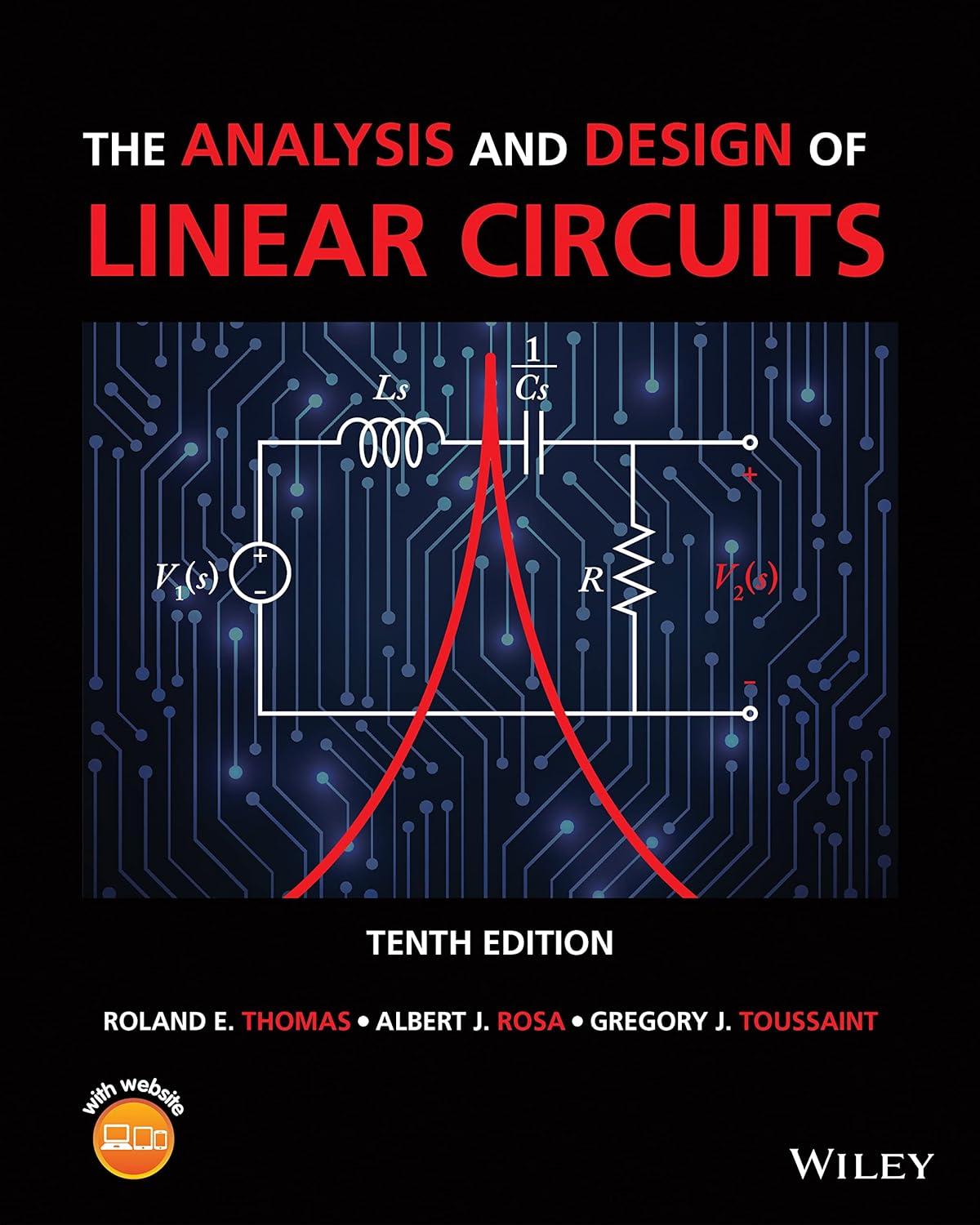In transistor amplifier design, a by-pass capacitor is connected across the emitter resistor (R_{mathrm{E}}) to effectively short
Question:
In transistor amplifier design, a by-pass capacitor is connected across the emitter resistor \(R_{\mathrm{E}}\) to effectively short out the emitter resistor at signal frequencies. This design improves the gain of the transistor for the desired ac signals. The circuit in Figure P10-65 (a) is a common-emitter amplifier. The shaded portion is a low-frequency model of the transistor in use. In this problem, the task is to design a proper by-pass capacitor so that there is a pole at \(s=-500 \mathrm{rad} / \mathrm{s}\). Reduce the circuit to its Thévenin equivalent as shown in Figure P10-65 (b) and then select the proper capacitor. \(R_{\mathrm{S}}=10 \mathrm{k} \Omega, R_{\pi}=2 \mathrm{k} \Omega, R_{\mathrm{E}}=3.3 \mathrm{k} \Omega, R_{\mathrm{L}}=1\) \(\mathrm{k} \Omega\), and \(\beta=70\).
Step by Step Answer:

The Analysis And Design Of Linear Circuits
ISBN: 9781119913023
10th Edition
Authors: Roland E. Thomas, Albert J. Rosa, Gregory J. Toussaint





